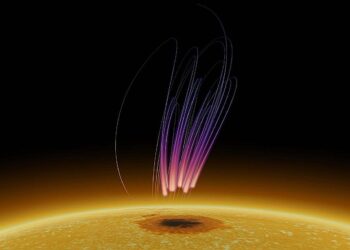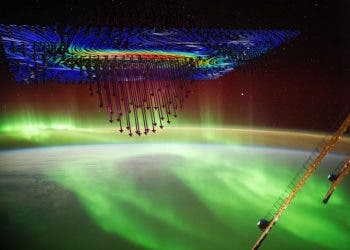A new natural phenomenon was discovered on social media, of all places. The ribbon of purple and green light is unlike any other aurora feature documented thus far but one thing’s for sure — it’s very beautiful, an impression shared by hundreds of thousands of people on Facebook. And like most things left to devices of the internet’s hive mind, the natural phenomenon was named ‘Steve’. Meanwhile, scientists working with the ESA kept an eye out for more ‘Steves’ and found these strange arcs are far more common than we thought.
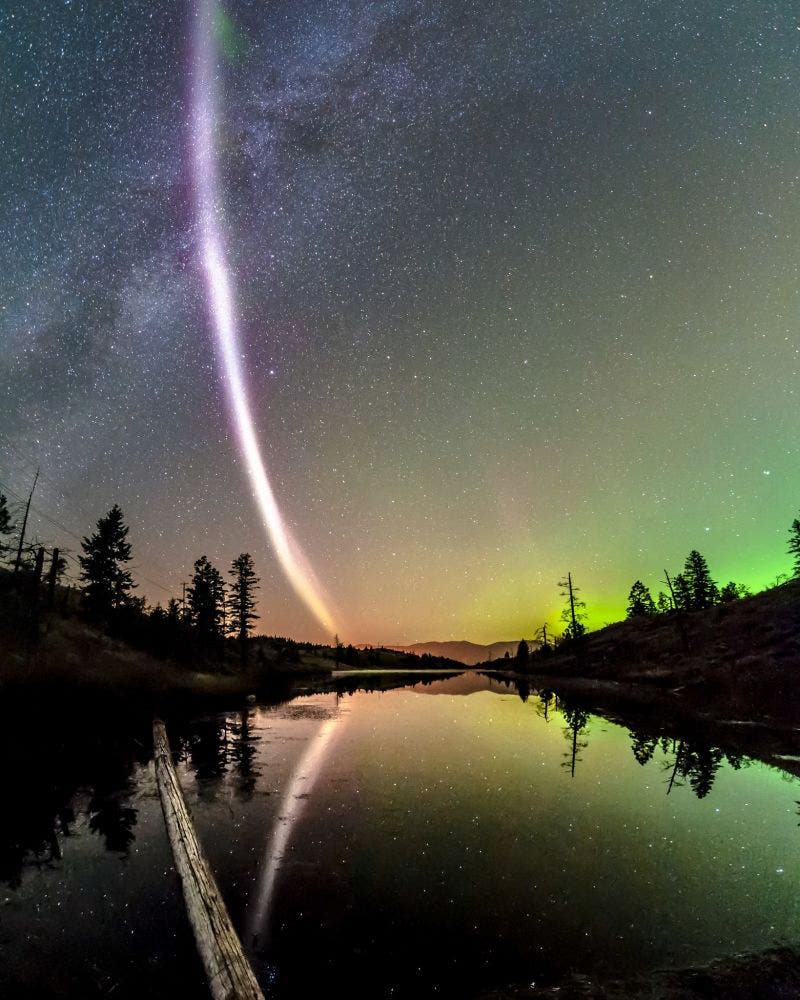
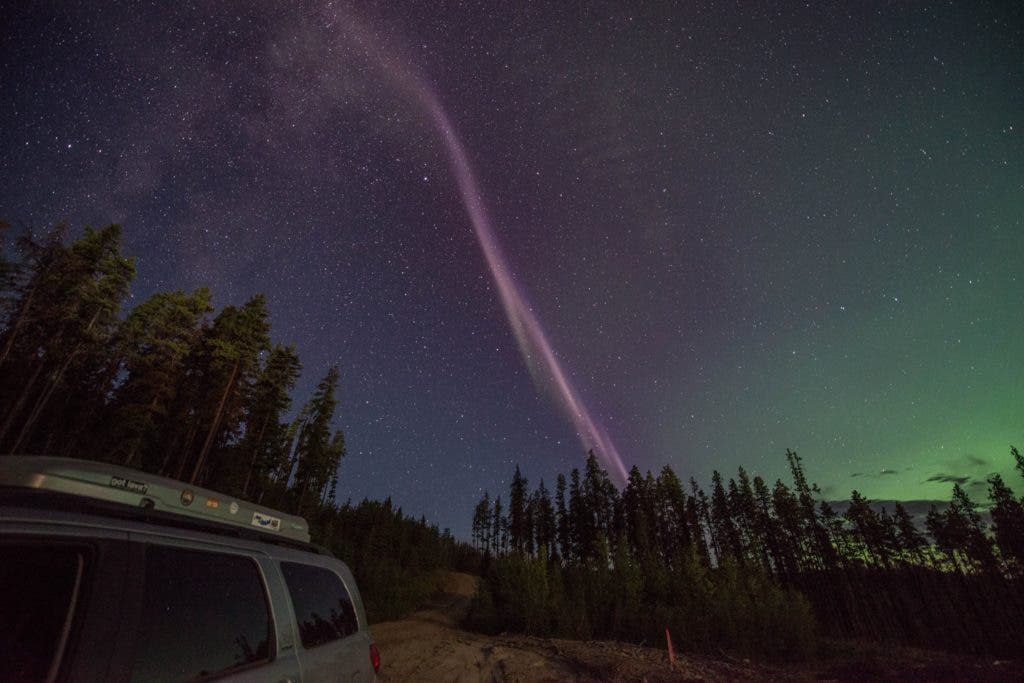
Citizen science in action!
The aurora feature was first posted on the Facebook group Alberta Aurora Chasers last year. Initially, most users thought they were looking at a ‘proton arc’, which is a rare type of aurora which isn’t caused by electrons hitting Earth’s magnetic field but by more massive protons following an energetic event on the Sun. Eric Donovan from the University of Calgary was one of the first scientists who saw Steve, the 25 to 30 kilometer (15 to 18 miles) wide arc that aligns east-west and can extend over hundreds of miles. He recognized that this wasn’t a proton arc for a number of reasons, including the fact that a proton aurora is hardly visible.
Prof. Donovan spoke to colleagues and eventually managed to get ESA’s Swarm magnetic field mission — a constellation of satellites tasked with studying Earth’s magnetic field — to study more of Steve’s shows. It didn’t take too long before the satellites flew straight through a Steve and learned new things about it.
“The temperature 300 km above Earth’s surface jumped by 3000°C and the data revealed a 25 km-wide ribbon of gas flowing westwards at about 6 km/s compared to a speed of about 10 m/s either side of the ribbon. “It turns out that Steve is actually remarkably common, but we hadn’t noticed it before. It’s thanks to ground-based observations, satellites, today’s explosion of access to data and an army of citizen scientists joining forces to document it.
Steve was named in honor of the children’s movie Over the Hedge, in which a character arbitrarily conjures up the name Steve to describe an object he’s not sure about, Gizmodo reported.
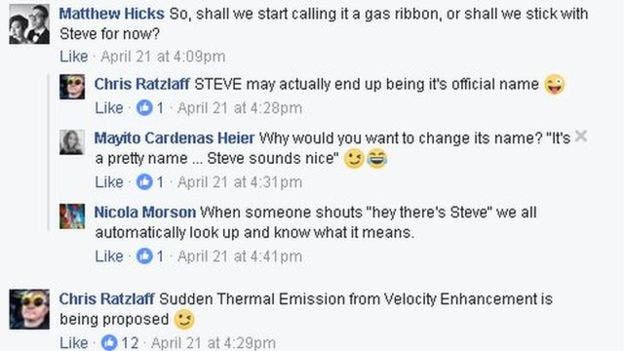
It’s important to understand, Donovan notes, that in 1997 or just two decades ago, studying Steve would have been nearly impossible. It would have taken $200 million to $300 million to track down Steve and could have taken ten years. Thanks to ESA and NASA’s constellation of new observational satellites equipped with modern tools, but also thanks to citizens scientists who know how to use social media to share and advance knowledge, it was possible to close the loop on Steve in a matter of weeks. That’s really remarkable!
“It’s thanks to ground-based observations, satellites, today’s explosion of access to data and an army of citizen scientists joining forces to document it,” Donovan said.
Donovan said that he and colleagues are currently working on a paper that is studying the conditions under which Steve can form. The draft is still a work in progress so he didn’t want to share any more details other than ‘you’ll soon learn more’.

